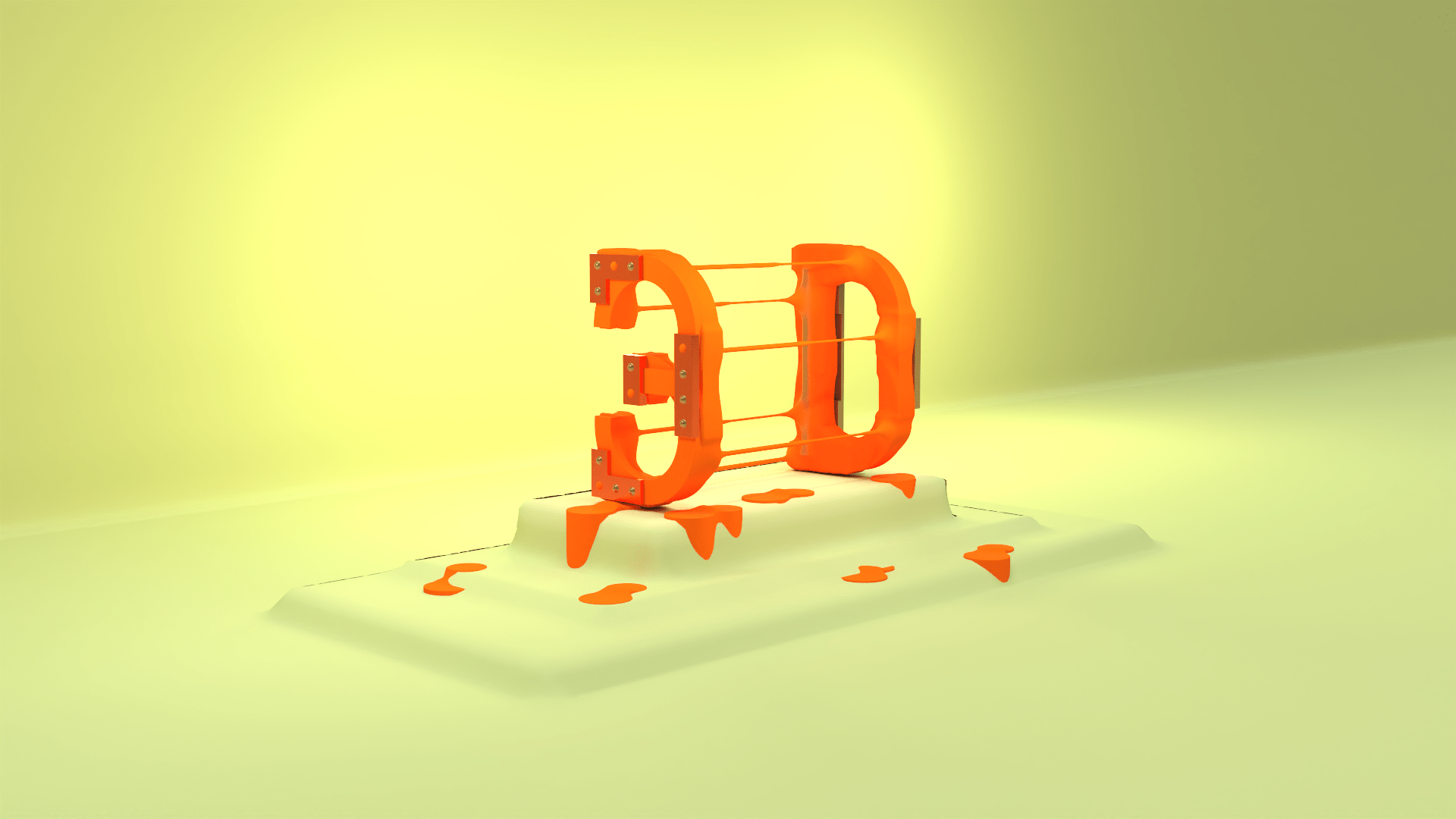
With the recent announcement about Apple's AR/VR - Headset Vision Pro, the hype of augmented reality and virtual reality is getting even more real! Augmented Reality (AR) and Virtual Reality (VR) technologies have emerged as powerful tools to create immersive experiences. With the integration of three-dimensional (3D) elements, AR and VR take us on captivating journeys into virtual worlds. In this article, we delve into the fascinating realm of 3D in AR and VR, exploring the intricacies and transformative potential of this technology. From the role of 3D in shaping AR experiences to the immersive power it brings to VR simulations, we will uncover the ways in which 3D enhances our digital encounters.
Understanding AR and VR:
Augmented Reality (AR) blends digital content with the real world, enriching our perception and interaction with the environment. By overlaying virtual objects, information, or visuals onto our physical surroundings, AR enhances our understanding and engagement with the world.
Virtual Reality (VR), on the other hand, immerses users in fully digital environments, transporting them to simulated realities through the use of specialized headsets and controllers. By completely replacing the real-world sensory input, VR creates a sense of presence in a virtual space.
Both AR and VR rely heavily on three-dimensional (3D) technologies to create realistic and interactive virtual worlds. 3D models and assets form the building blocks of these experiences, providing depth, spatial awareness, and interactive elements.
The Role of 3D in AR:
In the realm of AR, 3D models play a crucial role in enhancing the user experience. By incorporating 3D elements, AR applications can seamlessly blend digital objects into the real world. These 3D models are often designed to interact with the user's surroundings, making them appear as if they exist in the same space.
For example, in an AR mobile game, 3D characters or objects can be superimposed onto the user's environment, allowing them to interact with these virtual entities in real-time. The accurate placement and tracking of 3D models in AR create an illusion of presence and enable users to engage with digital content within their physical surroundings.
The Immersive Power of 3D in VR:
When it comes to VR, the immersive power of 3D is at the forefront. By leveraging 3D models and environments, VR experiences transport users to entirely new digital realms, engaging their senses and creating a feeling of being physically present in a virtual space.
In VR, 3D models are used to represent objects, characters, and environments with a high level of realism. This allows users to interact with these virtual elements as if they were tangible objects. The inclusion of realistic physics, lighting, and textures in 3D models further enhances the sense of presence and immersion.
For example, in a VR architectural visualization, users can explore a digitally constructed building, experiencing its scale, layout, and design in an interactive and immersive manner. The accurate representation of architectural elements in 3D enables users to navigate and perceive the space as they would in the physical world.
Creating 3D Assets for AR and VR:
Artists, designers, and 3D modelers play a vital role in creating the assets that populate AR and VR experiences. With the help of specialized 3D modeling software, these professionals sculpt, design, and texture 3D objects, characters, and environments.
The process of creating 3D assets involves careful attention to detail, scale, and realism. The models need to be optimized for real-time rendering, ensuring smooth performance and interactivity within AR and VR applications.
Additionally, the use of 3D modeling software allows for the customization and fine-tuning of assets to match the specific requirements and aesthetics of the AR or VR project. The iterative nature of the design process allows artists to refine their creations until they meet the desired standards of realism and visual impact.
Interaction and Navigation in 3D:
One of the key aspects of 3D in AR and VR is the ability to interact with virtual objects and environments. In both AR and VR experiences, users can engage with 3D elements through intuitive gestures, motion tracking, and spatial mapping technologies.
For instance, in AR, users can manipulate and control virtual objects by simply touching, grabbing, rotating, or moving them within their physical space. The accurate tracking of their hand movements and gestures allows for seamless interaction with 3D content.
In VR, users have the freedom to explore and navigate 3D environments by physically moving within the virtual space. With the help of motion controllers, users can interact with objects, manipulate elements, and traverse virtual landscapes, enhancing their sense of immersion and agency within the digital world.
Applications of 3D in AR and VR:
The applications of 3D in AR and VR are vast and diverse, spanning numerous industries and fields. In gaming, 3D in AR and VR enables the creation of immersive gameplay experiences with lifelike characters, detailed environments, and interactive elements. Users can engage in virtual adventures, solve puzzles, or compete in multiplayer experiences within rich and visually stunning 3D worlds.
In education, 3D simulations and visualizations provide immersive learning experiences, allowing students to explore complex subjects in interactive virtual environments. For example, medical students can use VR to visualize and practice surgical procedures on virtual patients, gaining valuable hands-on experience in a safe and controlled setting.
Other industries, such as architecture, engineering, product design, and entertainment, also benefit from 3D in AR and VR. Architects can use VR to walk clients through virtual buildings, showcasing designs and capturing feedback. Product designers can create interactive prototypes in VR, allowing for real-time testing and refinement. The entertainment industry can leverage 3D in AR and VR to create captivating virtual experiences, such as immersive storytelling or virtual concerts.
Advancements and Future Possibilities:
The field of 3D in AR and VR is continuously advancing, with new technologies and techniques pushing the boundaries of what is possible. Advancements in areas such as photorealistic rendering, volumetric capture, and haptic feedback are elevating the level of realism and immersion in AR and VR experiences.
Looking ahead, the future of 3D in AR and VR holds exciting possibilities. We can anticipate more realistic simulations, improved social interactions within virtual spaces, and the seamless integration of AR and VR into our everyday lives. As technology continues to evolve, the potential for innovative and transformative experiences in the realm of 3D in AR and VR is limitless.
The integration of 3D in AR and VR opens up a world of immersive possibilities, revolutionizing the way we perceive and interact with digital content. Whether it's the seamless blending of virtual and real-world elements in AR or the creation of fully immersive virtual environments in VR, 3D technology plays a pivotal role in shaping the future of AR and VR experiences. As we embrace this immersive dimension, the potential for creativity, exploration, and innovation expands, offering us captivating and transformative digital journeys.

